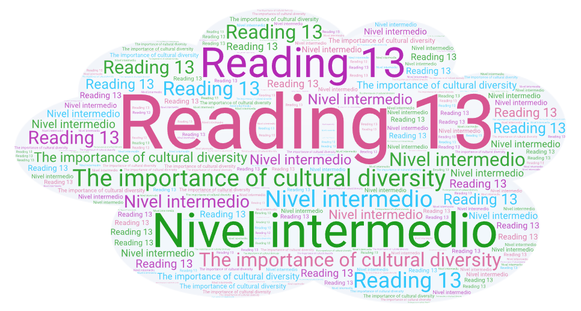Descripción: Descubre la importancia de la diversidad cultural en un mundo interconectado y cómo enfrentar sus desafíos. ¡No te pierdas el cuestionario que pondrá a prueba tus conocimientos sobre el tema!

The Importance of Cultural Diversity
Cultural diversity refers to the presence of various cultural groups and communities within a society or organization. It encompasses differences in ethnicity, race, religion, language, and traditions. Understanding the importance of cultural diversity is crucial in today's interconnected world, as it brings numerous benefits and challenges.
First and foremost, cultural diversity fosters tolerance and understanding among people from different backgrounds. When individuals interact with others who have diverse beliefs and values, they are exposed to new perspectives and ideas. This exposure can break down stereotypes and prejudices, promoting empathy and acceptance.
Moreover, cultural diversity enriches creativity and innovation. When people with varied cultural backgrounds collaborate, they bring different ways of thinking and problem-solving to the table. This can lead to more creative solutions and a broader range of ideas, benefiting businesses, communities, and society as a whole.
Cultural diversity also plays a significant role in the global economy. In an increasingly interconnected world, businesses that embrace diversity are better equipped to navigate international markets. They can tap into a wider customer base, understand local customs and preferences, and adapt their products and services accordingly.
On the flip side, cultural diversity can also present challenges. Misunderstandings and conflicts may arise due to differences in communication styles or cultural norms. It's essential to address these challenges through effective communication and cultural sensitivity training.
In education, cultural diversity enhances the learning experience. Students exposed to a variety of cultural perspectives gain a more comprehensive understanding of the world. They become better equipped to work in diverse environments and contribute to a globalized workforce.
In conclusion, cultural diversity is not just a buzzword; it's a fundamental aspect of our interconnected world. Embracing diversity promotes tolerance, creativity, and economic growth while presenting challenges that can be overcome through education and effective communication.
